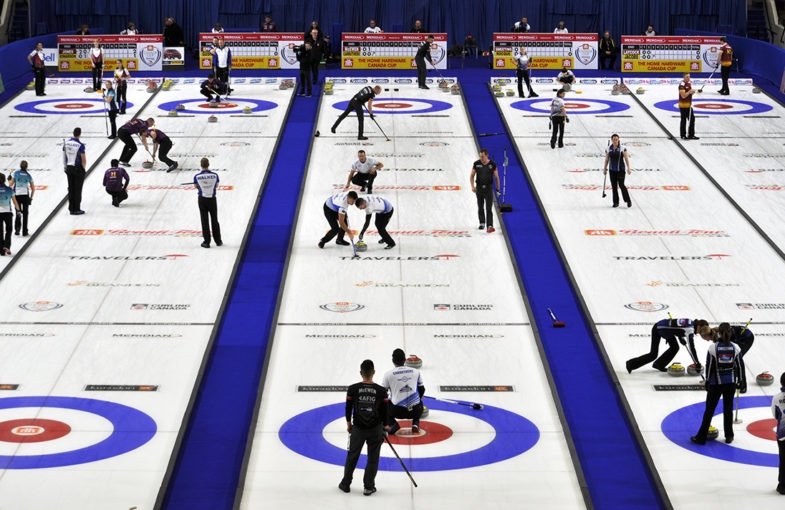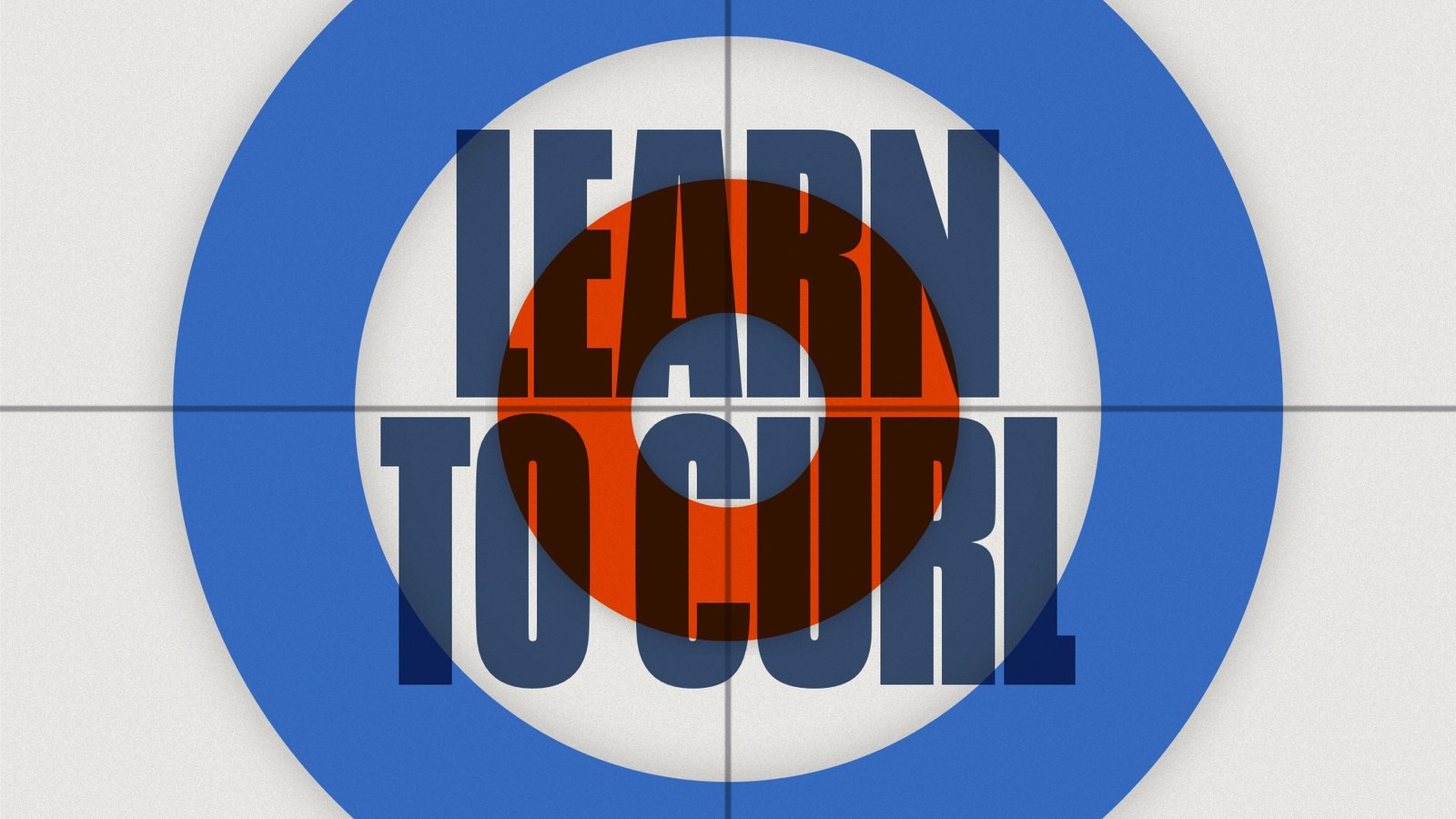Games of curling are played in a pre-determined number of rounds, which are called ends. Most club matches are 8 ends, but longer 10 end games are the standard for higher level competitions such as national championships and the Olympics.
An end usually takes about 15 minutes in the traditional curling format, while Mixed Doubles ends are quicker. This is because an end is over once both teams have thrown all of their stones to the far end of the sheet. This is only 5 per team in Mixed Doubles compared to 8 per team in the traditional game.

So once all of the stones have been thrown, it’s time to work out who has scored. In each end only one team can score points, and “blank ends” are those where neither team score. Usually it is the Vice-Skips who are responsible for looking closely at the final stone placements and agreeing the score.
Once the score has been agreed by both teams, the players tidy up the stones and prepare for the next end. Luckily there are hacks and houses at each end of the sheet, so play can just switch back and forth from one direction to the other. This means even numbered ends will always be played in the same direction, and odd ends will be played in the other.

When multiple games are being played simultaneously, it is unlikely they will all be played at the exact same speed. This means that sometimes one game will be an end ahead of another. You can see this in the picture below, as not all of the games are currently throwing in the same direction.

For more on curling terminology, visit our glossary page!
Hopefully you might like to come and give curling a try.
For a one-off session, visit our Try Curling page to book a two hour session for yourself, or bring friends and family.
Alternatively, you could book a place on one of our Learn To Curl courses which run over a series of 4 weekly two hour sessions.


